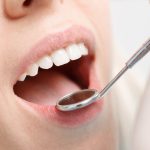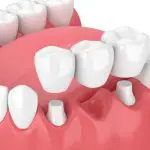When Do Dogs Lose Their Baby Teeth? A Comprehensive Guide for Pet Owners
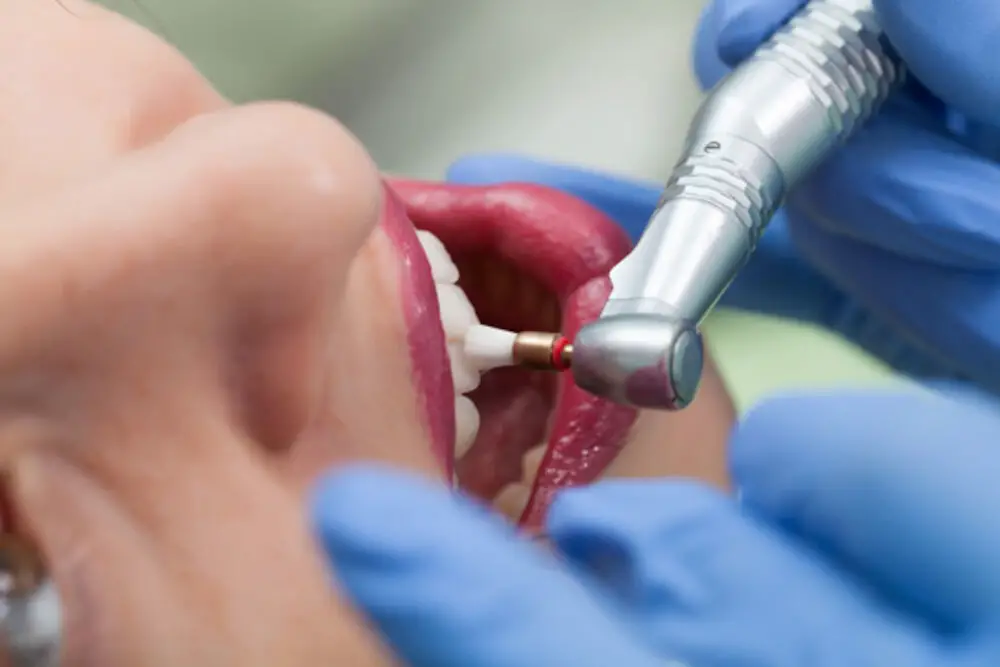
Dogs, as loyal companions, bring joy and companionship to their owners. As a pet parent, it is essential to understand and take care of their needs, including their dental health. Like humans, dogs also go through the process of losing their baby teeth. However, unlike humans, it is not often talked about, and pet owners may not know what to expect. Understanding when dogs lose their baby teeth is crucial in maintaining their dental health. In this comprehensive guide, we will discuss the timeline of when dogs lose their baby teeth, from the first set to the permanent set. We will also provide tips and advice on how to care for your dog’s teeth during this process. Knowing when your dog is losing their baby teeth and providing appropriate care can ensure that they have healthy adult teeth and prevent dental problems down the line.
Understanding the process of a dog’s teeth development is crucial for pet owners as it helps them monitor their furry friend’s oral health. The development of a dog’s teeth is a complex process that starts from the moment they are born and continues throughout their life. Puppies initially have 28 deciduous teeth, commonly known as baby teeth, which fall out as they approach adulthood and are replaced by 42 permanent teeth. Knowing when to expect these changes allows pet owners to ensure their dog’s teeth are developing correctly and identify any issues early on. It also enables them to provide appropriate dental care, such as brushing and regular check-ups, to maintain their dog’s oral hygiene and prevent dental diseases such as gum infections and tooth decay.
The article \When Do Dogs Lose Their Baby Teeth: A Comprehensive Guide for Pet Owners\ is a detailed guide for dog owners who want to know when their puppies will start losing their baby teeth. It explains the different stages of a puppy’s dental development and when they can expect to see their puppy’s first teeth start to fall out. The article also covers the importance of good dental hygiene for dogs, including regular teeth cleaning and the use of chew toys. It provides tips on how to care for a puppy during the teething process, including what to feed them and how to soothe their sore gums. Overall, this article is a valuable resource for dog owners who want to ensure their furry friend has a healthy and happy dental life.
What are Baby Teeth in Dogs?
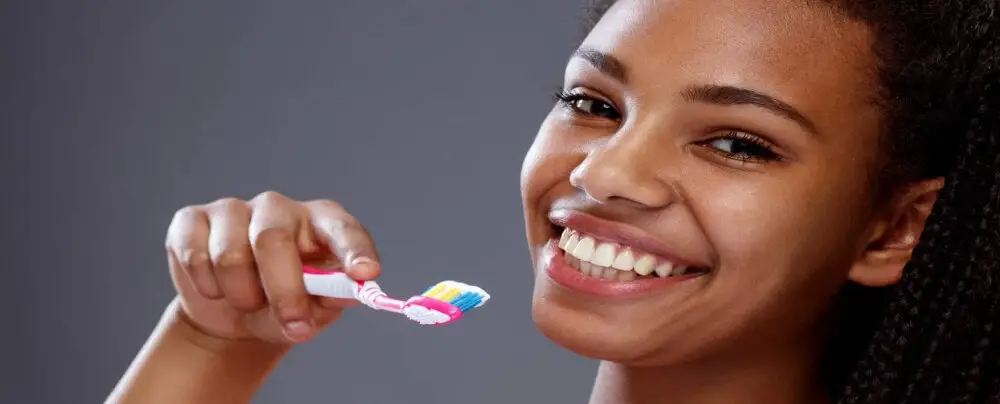
Baby teeth in dogs, also known as deciduous teeth, are the first set of teeth that puppies develop. These teeth start to emerge at around three weeks of age and are usually fully grown by six to eight weeks. Baby teeth serve an important purpose in dogs, as they help puppies to suckle and transition to solid food. There are 28 baby teeth in dogs, with 14 in the upper jaw and 14 in the lower jaw. These teeth are smaller and whiter than adult teeth and have thin roots that make them easier to fall out. As puppies grow, their baby teeth will start to loosen and fall out, making way for their adult teeth. The process of losing baby teeth usually begins at around four months of age and can last up to six months. During this time, puppies may experience discomfort and may chew on toys or other objects to relieve their discomfort. It is important for pet owners to monitor their puppies during this time, as swallowing a loose tooth can cause choking or other health issues. Once all of the baby teeth have fallen out, dogs will have 42 adult teeth, which are stronger and more durable than their baby teeth.
Baby teeth in dogs, also known as deciduous teeth, are the first set of teeth that grow as puppies. Typically, puppies will start to develop their baby teeth at around two to three weeks old, with a full set of 28 teeth coming in by the time they are eight weeks old. These teeth are much smaller and whiter than adult teeth, and are designed to help puppies learn to eat solid food and play with toys. Baby teeth are not permanent, and will start to fall out as the puppy’s permanent teeth grow in. Understanding when and how baby teeth are lost is important for pet owners to ensure that their dogs are healthy and comfortable during this phase of life.
Just like humans, dogs also have baby teeth, also known as deciduous teeth. These primary teeth serve as placeholders for the permanent teeth that will eventually replace them. There are three types of baby teeth in dogs: incisors, canines, and premolars. Incisors are the small teeth at the front of the mouth that are used for biting and grooming. Canines are the sharp teeth located next to the incisors that are used for tearing flesh. Premolars are situated behind the canines and are used for grinding and crushing food. It’s important for pet owners to be aware of the different types of baby teeth their dogs have and the timeline for when they will start to lose them and grow permanent teeth.
Dogs, just like humans, have two sets of teeth in their lifetime. The first set of teeth, also known as baby teeth, begin to emerge at around two to four weeks of age. These baby teeth are sharp and pointed, and are used for biting and tearing food. In total, dogs have 28 baby teeth, which will eventually fall out to make way for their adult teeth. The process of losing baby teeth, also known as teething, usually begins at around three to four months of age and can continue until the dog is six to eight months old. During this time, it is important to provide your dog with plenty of chew toys to help alleviate any discomfort they may experience.
How Do Dogs Develop Adult Teeth?

Dogs, like humans, go through a process of losing their baby teeth and developing adult teeth. The process begins when a puppy is around three to four months old, and it lasts until they are around six to eight months old. During this time, the puppy’s baby teeth begin to fall out, and their adult teeth begin to grow in. The process can be uncomfortable for the puppy, and they may experience some pain and discomfort as their teeth grow in. The development of adult teeth in dogs is a complex process that involves a number of different factors. One of the most important factors is nutrition. A dog that is fed a balanced diet with plenty of vitamins and minerals is more likely to develop strong, healthy teeth than a dog that is fed a poor diet. Genetics also play a role in the development of adult teeth, as some breeds are more prone to dental problems than others. Finally, good dental hygiene is essential for the development of healthy adult teeth in dogs. Regular brushing and cleaning can help to prevent tooth decay and other dental problems that can lead to the loss of adult teeth later in life.
The development of adult teeth in dogs is a gradual process that starts when they are around 3-4 months old and can take up to 7-8 months to complete. This process begins with the eruption of the incisors, followed by the canine teeth, premolars, and finally the molars. During this phase, the roots of the adult teeth grow and push the baby teeth out of the way, causing them to fall out naturally. It is essential to monitor the development of adult teeth to ensure that they are growing correctly, as any anomalies can lead to dental problems later in life. Regular dental check-ups and proper oral hygiene can help maintain the health of a dog’s teeth and keep them in good condition throughout their life.
Adult teeth, also known as permanent teeth, typically begin to grow in dogs between the ages of 3 and 7 months old, depending on the breed. The process usually starts with the incisors, followed by the canine teeth, premolars, and finally, the molars. During this time, it is common for dogs to experience discomfort and soreness, which may lead to chewing on inappropriate objects or exhibiting behavioral changes. It is important for pet owners to monitor their dog’s dental development, as well as provide appropriate chew toys and seek veterinary care if necessary. Proper dental care early on can help prevent future dental problems, such as tooth decay and gum disease.
Baby teeth and adult teeth are different in several ways. Baby teeth, also known as deciduous teeth, are smaller in size and whiter in color than adult teeth. They are designed to fall out eventually to make way for the larger, stronger adult teeth. Adult teeth, on the other hand, are larger, stronger, and have a more yellowish hue. They are meant to last a lifetime, which is why it is important to take good care of them. Additionally, baby teeth have a thinner layer of enamel, which is why they are more prone to cavities and decay. In contrast, adult teeth have a thicker layer of enamel, which makes them more durable and resistant to decay.
When Do Dogs Lose Baby Teeth?
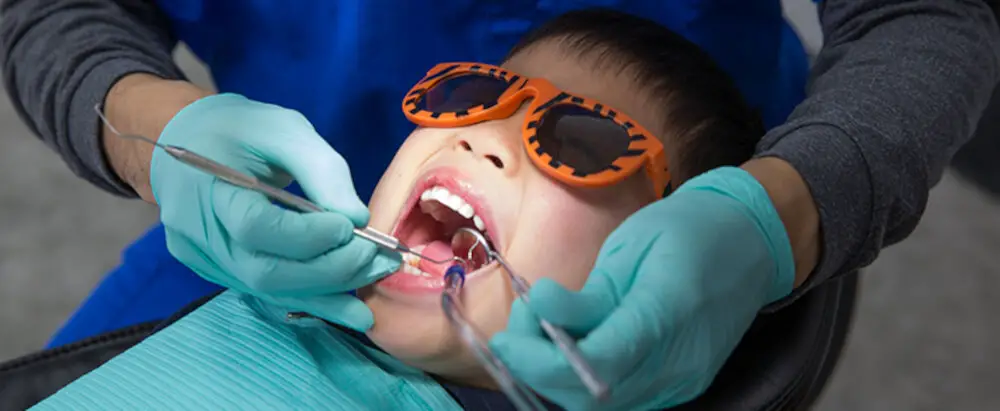
Dogs, like humans, go through a teething process during their early months of life. Puppies start to develop their baby teeth at around 3-4 weeks old and usually have a full set of 28 deciduous teeth by the time they are 8 weeks old. At this stage, their teeth are small and sharp, which is why puppies are known for their playful nips and bites. However, as they grow and develop, their baby teeth will eventually fall out to make way for their permanent teeth. Typically, dogs start to lose their baby teeth at around 3-4 months old, and the process can continue until they are 6-7 months old. During this time, you may notice your puppy chewing on everything in sight as they try to relieve any discomfort caused by their teething. It’s important to note that while losing baby teeth is a natural process, it’s still important to keep an eye on your puppy’s teeth during this time. Occasionally, a puppy’s baby teeth may not fall out as they should, which can lead to dental issues later in life. If you notice any retained baby teeth or other dental problems, it’s important to take your puppy to the vet for an examination. Additionally, providing your puppy with appropriate chew toys and dental treats can help alleviate any discomfort and promote healthy teething habits. By being aware of your puppy’s teething schedule and taking the necessary steps to promote good dental hygiene, you can help ensure that your furry companion has a healthy and happy smile for years to come.
Dogs, like humans, have two sets of teeth in their lifetime. The first set is known as the baby teeth, and the second set is the permanent teeth. The timeline of baby teeth loss in dogs starts at around three weeks of age when the puppy’s first baby teeth begin to emerge. By eight weeks of age, the puppy should have a full set of baby teeth. However, these teeth will start to fall out between the ages of three and seven months, making way for the permanent teeth. The incisors are usually the first to go, followed by the canines, premolars, and molars. By the time the dog is eight months old, it should have a full set of permanent teeth. It’s important to keep an eye on your dog’s teeth during this time to ensure they are falling out correctly and to maintain proper dental hygiene.
Just like humans, dogs also lose their baby teeth to make way for permanent teeth. This process usually starts around 3-4 months of age and continues until they are around 6-8 months old. The signs of baby teeth loss in dogs include excessive drooling, chewing on objects more frequently, and bleeding gums. You may also notice that your puppy’s teeth appear loose or that they are missing teeth altogether. It’s important to monitor your puppy during this time and provide them with appropriate chew toys to alleviate any discomfort. If you notice any signs of infection or excessive bleeding, it’s important to consult with your veterinarian as soon as possible.
Although this paragraph seems to have been mistakenly assigned to the wrong article, I can still provide a comprehensive answer to the question of what to do if a baby tooth doesn’t fall out on its own. In such cases, it’s important to consult with a dentist to determine if the tooth needs to be extracted or if it will fall out naturally over time. If the tooth is causing discomfort or impeding the growth of the permanent tooth, the dentist may recommend extraction. However, if the tooth is not causing any issues, the dentist may advise monitoring the situation and waiting for the tooth to fall out naturally. It’s important to maintain good oral hygiene during this time to prevent any potential infections or complications.
Caring for Your Dog’s Teeth During the Teething Process
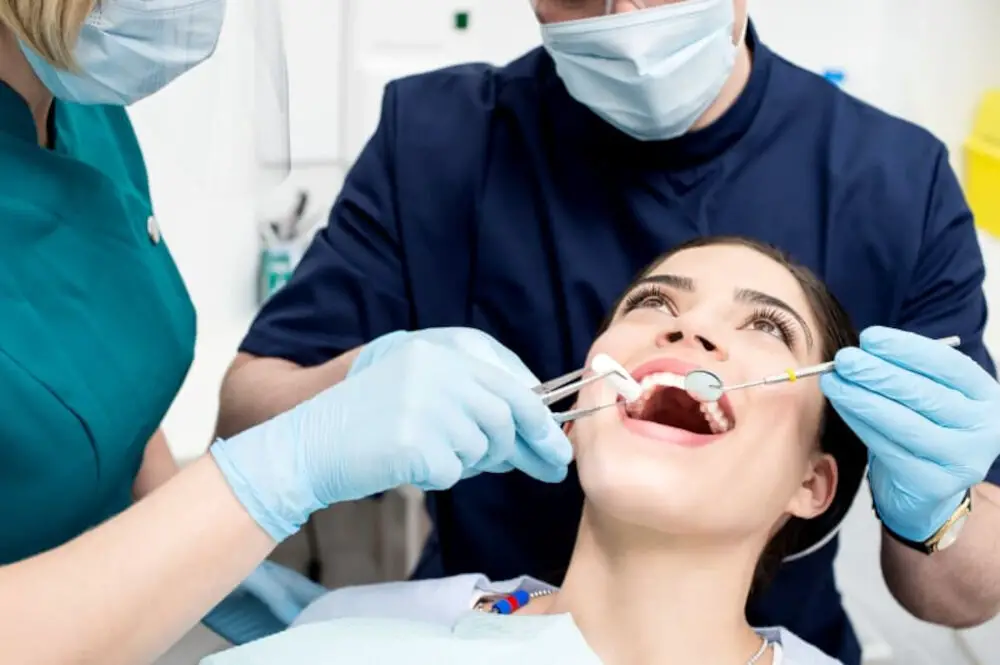
Caring for your dog’s teeth during the teething process is crucial to ensure your furry friend has a healthy and happy smile. As your dog’s baby teeth fall out, their new adult teeth will begin to emerge. This process can be painful and uncomfortable for your pet, which is why it’s essential to provide special care and attention to their teeth during this time. One way to care for your dog’s teeth during the teething process is to provide them with appropriate chew toys. These toys can help alleviate the discomfort your dog may be experiencing while also helping to strengthen their teeth and jaws. Look for toys that are specifically designed for teething puppies, as these will be softer and more gentle on their developing teeth. Another important aspect of caring for your dog’s teeth during the teething process is to maintain a regular brushing routine. While your dog’s baby teeth are falling out and their new adult teeth are growing in, it’s crucial to keep their teeth clean to prevent any infections or other dental issues from occurring. Use a soft-bristled toothbrush and a specially formulated toothpaste designed for dogs to gently brush your pet’s teeth. Be sure to brush at least twice a week, and pay special attention to any areas where new teeth are growing in. With proper care and attention, you can help ensure that your dog’s teeth remain healthy and strong throughout the teething process and beyond.
Caring for your dog’s teeth during teething is crucial for their oral health. To alleviate any discomfort, you can offer your pup frozen teething toys or wet washcloths to chew on. It’s also important to continue brushing their teeth regularly, using a soft-bristled brush and a toothpaste formulated for dogs. Keep an eye out for any signs of infection or inflammation, such as bleeding or swollen gums, and consult your veterinarian if necessary. Providing your dog with proper dental care during this time can help prevent future dental problems and ensure a lifetime of healthy teeth and gums.
Teething can be an uncomfortable experience for dogs, but there are several tips that can help alleviate their discomfort. Providing your dog with chew toys specifically designed for teething can help soothe their gums and provide a distraction from the discomfort. Frozen carrots or cucumber slices can also provide relief and act as a natural pain reliever. Additionally, massaging your dog’s gums with a clean finger or damp cloth can help alleviate the discomfort. It’s important to monitor your dog during teething to ensure they’re not chewing on inappropriate items or causing damage to their teeth or gums. With these tips, you can help make the teething process a little more comfortable for your furry friend.
During teething, it is important to avoid giving your dog any hard, crunchy, or chewy treats that could damage their new teeth. This includes bones, antlers, and hard toys. Instead, opt for softer chew toys or frozen treats that can soothe their gums and provide relief. It is also important to monitor your dog closely during this time and discourage them from chewing on inappropriate items, such as furniture or shoes. This will help prevent any accidental damage to their new teeth and ensure a smooth transition into their adult teeth.
In conclusion, understanding when dogs lose their baby teeth is crucial for pet owners. Puppies typically begin to lose their baby teeth around three to four months old, with the process lasting until six to eight months old. During this time, it is important to provide your puppy with appropriate chew toys to ease any discomfort and prevent them from chewing on inappropriate items. As a puppy owner, you should also keep an eye out for any signs of dental issues and schedule regular vet visits to ensure your pup’s dental health is in good condition. By keeping these important points in mind, you can help your furry friend transition smoothly into adulthood with a healthy and happy smile.
Regular dental care is crucial for dogs as it not only helps maintain their oral hygiene but also has a positive impact on their overall health. Poor dental hygiene in dogs can lead to a buildup of plaque and tartar, which can cause bad breath, tooth decay, and gum disease. These issues can be painful for dogs and may even lead to tooth loss. Additionally, bacteria from dental problems can enter the bloodstream and affect other organs, such as the heart and kidneys. Therefore, pet owners should make dental care a regular part of their dog’s routine. This includes brushing their dog’s teeth daily, providing dental chews and toys, and scheduling regular dental check-ups with a veterinarian. By prioritizing dental care, pet owners can ensure that their furry friends have healthy teeth and gums, and a better overall quality of life.
In conclusion, understanding when dogs lose their baby teeth is crucial to ensuring their dental health as they grow older. It is essential to keep an eye on your puppy’s teeth and schedule regular check-ups with your veterinarian. Providing your pup with appropriate chew toys and a balanced diet can also contribute to healthy teeth and gums. Remember, proper dental care is not only essential for your dog’s oral health, but it also affects their overall well-being. By taking a proactive approach to your dog’s dental care, you can ensure that they will have a happy, healthy life.
Conclusion
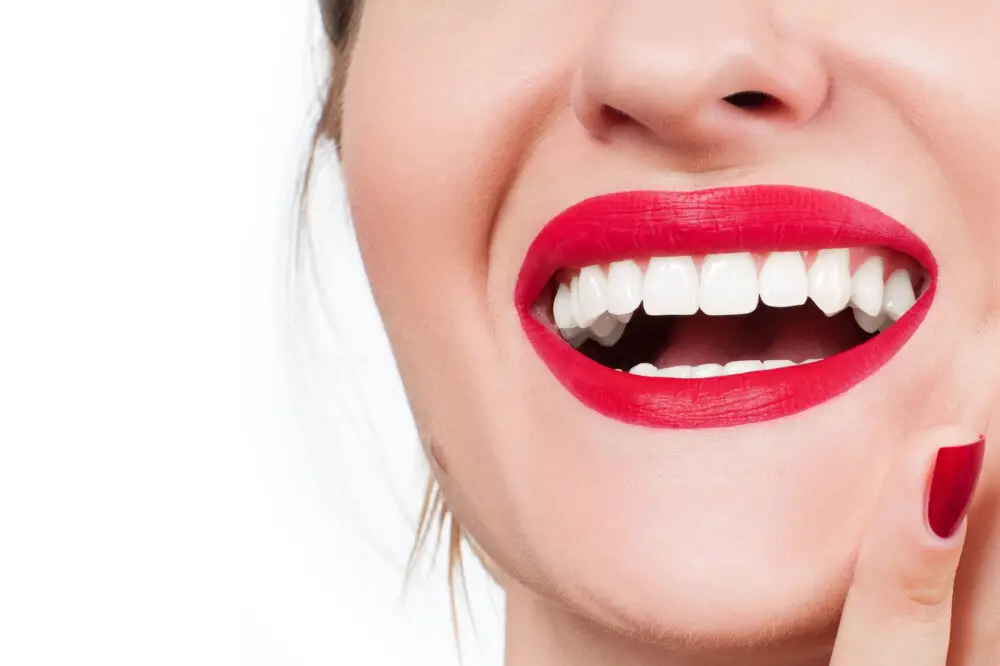
In conclusion, understanding when dogs lose their baby teeth is crucial for pet owners to ensure their furry friends grow up healthy and strong. Puppies begin losing their milk teeth at around three to four months of age, and the process usually lasts until they are six months old. During this time, pet owners should monitor their dog’s dental health and provide appropriate chew toys to aid the teething process. Neglecting proper dental care can lead to dental problems in the future. Therefore, it is essential for pet owners to prioritize their dog’s dental hygiene and schedule regular visits to their veterinarian for dental check-ups. Ultimately, by taking proper care of their dog’s teeth, pet owners can ensure their furry companions lead a happy and healthy life.
